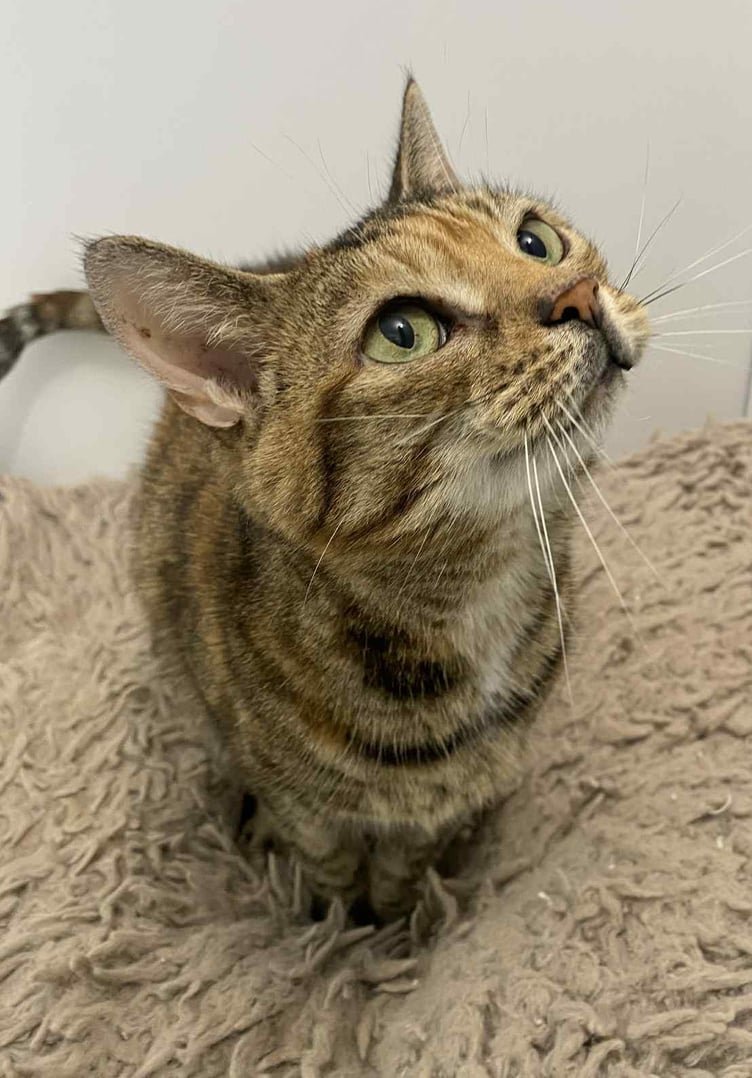One of the biggest fears, if not the biggest fear, of a cat owner is that their beloved feline will be hit by a passing vehicle and either be badly injured or killed.
Sadly, at this time of year as the days become shorter and rush-hour traffic takes place at darker times of day, we see more road traffic collisions (RTCs) involving cats.
A recent study in Bristol involving almost 2,500 cats (and their owners, who completed questionnaires) demonstrated that the most common cause of death in cats was an RTC, with 61.2% of mortality in kittens being due to this cause, and 49.6% in adult cats.
Even if a cat lives well away from a main road, it may have less ‘road sense’ and wander onto country lanes and be taken unawares by a vehicle.
Keeping their pet safe from such accidents is the main reason why some owners keep their cats as indoor only cats, but for many cats this is a form of imprisonment and prevents them from being able to display normal cat behaviours – climbing trees, hunting, marking their territory, exploring and being free to go where they wish.
But a cat’s ‘right to roam’ is questioned by wildlife lovers who are, rightly, appalled at the many billions of birds, bats and other small mammals that are killed by cats, often just for fun, every year.
It’s a debate steeped in ethical and welfare considerations.
One solution is for a cat owner to rehome a cat that is elderly or disabled (blind or deaf, or three-legged, for example), and who is happy to remain indoors with a couple of cat trees and maybe some toys for stimulation.
‘Catios’ (outdoor pens) or enclosed back yards are also way to give indoor only cats more enrichment. And some pedigree cats are more suited to indoor life due to their genetics which make them less streetwise than your regular moggie.
Another solution is to take your indoor only cat on walks, like a dog. Yet again, there are a host of ethical and practical considerations here too.
Taking a cat outdoors with a harness could be very stressful for them, and limit their ability to flee if they are frightened by, say, a dog or a passing car. Most cats are happiest when left to explore their environment on their own terms.
However, some cats may benefit from a harness walk, particularly if this is done in a safe and controlled environment such as a back garden.
If this is something you are thinking of trying, then there are certain considerations to make such as: ensure your cat is microchipped in case they escape (and never use a collar and lead because they almost certainly will get loose!); don’t use a retractable lead because you may be too far away from your cat if there’s a problem, or they may disappear up a tree or into bushes and get the lead tangled; introduce them to the outdoors gradually, and, similarly, introduce them to wearing a harness over time - starting with just a few minutes indoors, then an hour, and so on.
Only venture outside when you both feel confident and if your cat seems distressed at any point, stop straight away.
To the best of our knowledge 12-year-old Clawdear didn’t go out on walks with her previous owner, and she has always lived indoors.
Her previous owner’s house move was the reason she came into our cattery, but another unstated reason for her being gifted into us could be the fact that she is a very stressy cat. She will need an extremely calm and quiet new home, as the only pet.
Clawdear does have someone interested in rehoming her, although nothing has been finalised as yet.
We’re finding that indoor-only cats are more and more in demand, but we can only meet that demand by ‘supplying’ cats that are suited to this lifestyle, as and when they come into our cattery.




